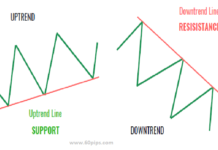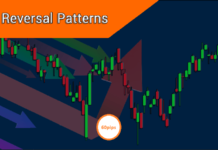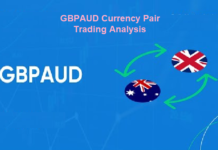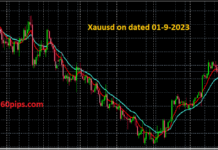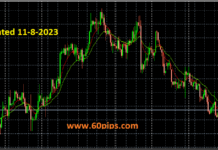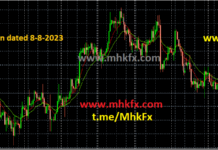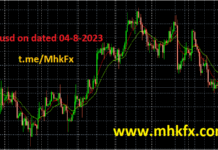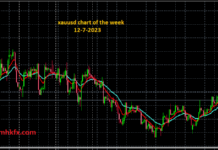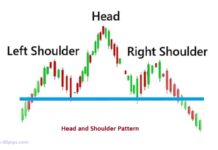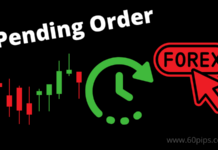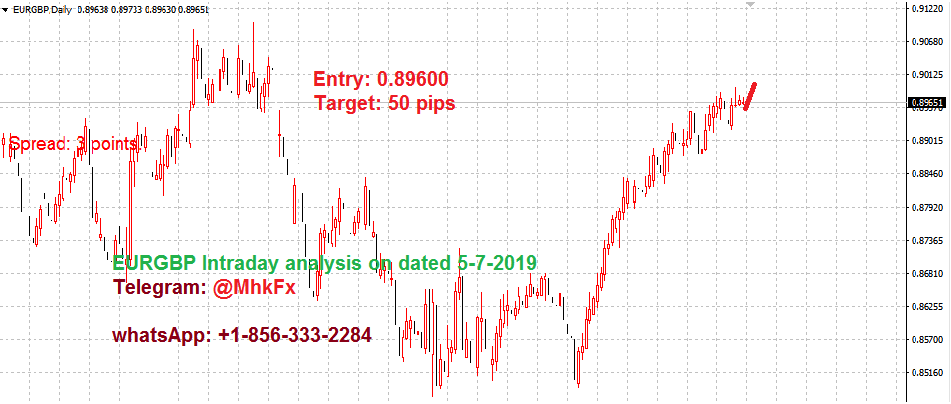
Swing trading is a speculative trading strategy in financial markets where a tradable asset is held for between one and several days in an effort to profit from price changes or ‘swings’. A swing trading position is typically held longer than a day trading position, but shorter than buy and hold investment strategies that can be held for months or years.
Profits can be sought by either buying an asset or short selling Momentum signals (e.g., 52-week high/low) have been shown to be used by financial analysts in their buy and sell recommendations that can be applied in this type trading.
Swing trading is a type of investment that involves buying and selling securities or other financial instruments within two or three days. The goal of swing trading is to capture short-term price movements in order to make a profit. Swing traders typically use technical analysis tools such as charts and indicators to help them make their decisions.
There are several benefits of swing trading. First, it allows investors to take advantage of short-term price movements, which can be profitable if done correctly. Second, this type of trading can provide opportunities for diversification by allowing investors to trade multiple securities at once.
Third, swing traders have the potential to make more profits than those who invest in longer timeframes such as buy and hold investing. Finally, swing traders have the ability to cut losses quickly if a security starts moving against them.
Risk involvement: Risks in swing trading are commensurate with market speculation in general. Risk of loss in this type trading typically increases in a trading range, or sideways price movement, as compared to a bull market or bear market that is clearly moving in a specific direction.
Related Articles:
How to Open a Forex Trading Account




